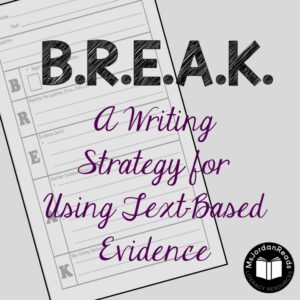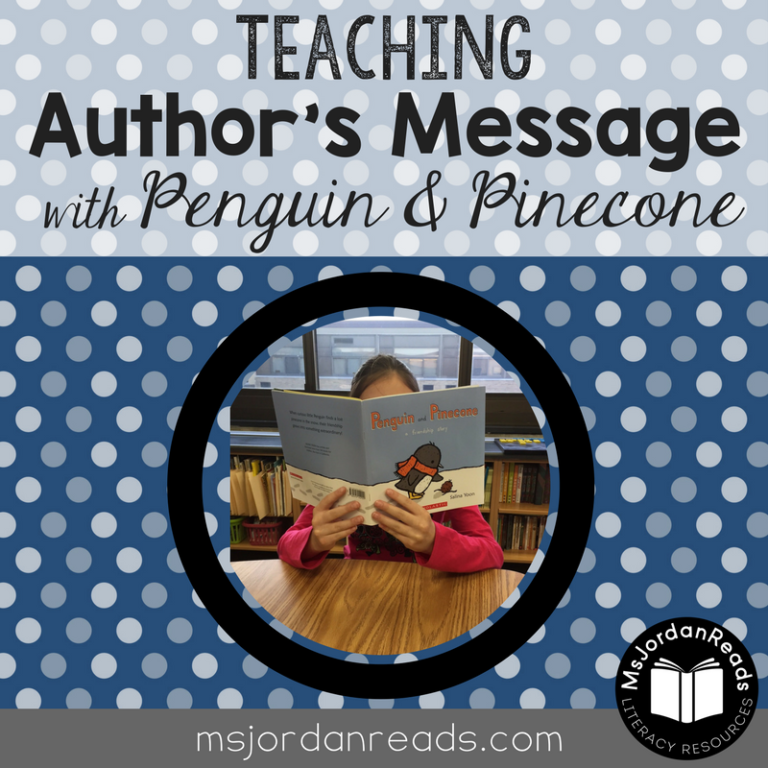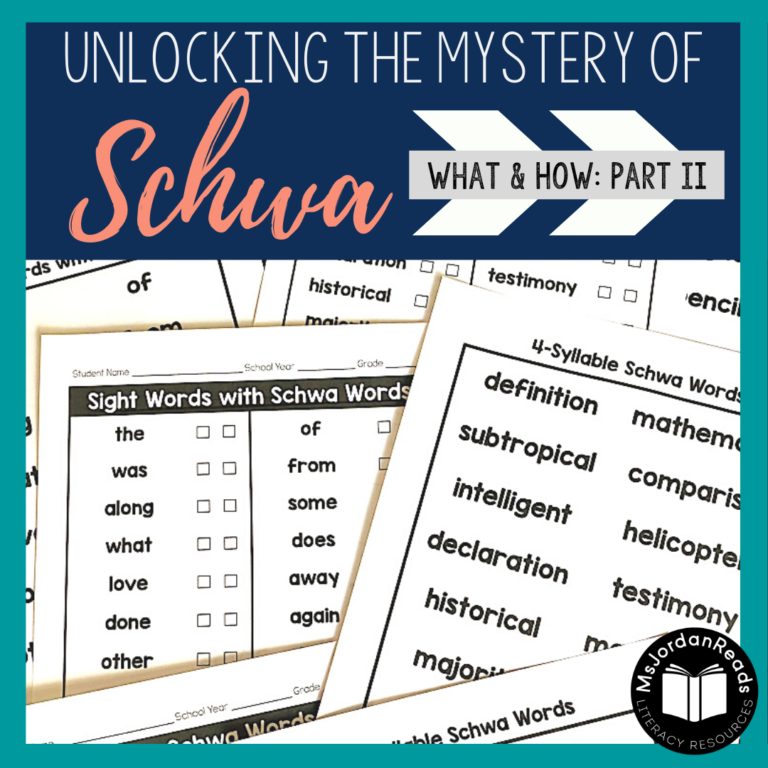Using the B.R.E.A.K. Strategy for Text-Based Responses
In an effort to encourage students to use text-based evidence in their written responses this year, the third grade team in my building started using the B.R.E.A.K. writing strategy. Kudos to my colleague Jill, from Differentiated Drake, who came up with this acronym and strategy. She has some wonderful classroom posters and materials to reinforce this awesome writing strategy, and it has helped our students tremendously!
Similar to the strategy R.A.C.E. (Restate, Answer, Cite, Explain), the students are prompted to read, understand, and provide text-based evidence in their writing. The students spend extra time BREAKING APART the text and digging deeper into text details. I like this particular strategy because students are encouraged to include more than one evidence detail, and it reinforces paragraph structure!
B – Begin by Reading the Question
R – Restate the Question
E – Evidence Detail
A – Another Evidence Detail (or two!)
K – Key Closing Sentence
Jill (being the fabulously, generous person that she is) decided to make her easy-to-use graphic organizer FREE for all of you. Be sure to leave feedback and check out her other strategy resources. She offers bookmarks, posters, and an additional version of her graphic organizer!
(Download the FREE graphic organizer HERE or by clicking the image below.)
Our third graders are now at the point where they write B.R.E.A.K. at the top of their pages and use it as a cross-off checklist. After completing the response, they also search for each element of B.R.E.A.K. in their own writing and mark the elements with the specific letters.
Below are some examples from a writing response my third graders completed a few weeks ago. The students used the free iPad app Skitch to take pictures of their first drafts and mark-up their responses to show each element of B.R.E.A.K. Later, we transitioned to marking these elements with just our pencils. The Skitch app was a motivating, first-step tool in the revision process for this strategy. (Want to learn more about Skitch? Check out my previous post about this wonderful tool!)
NOTE: You’ll see that many of the students used “+” symbols for additional evidence-based details. This is helpful for students who include more than two details from the text.
Students had a menu of sentence starters to use and were encouraged to also use non-fiction text features as evidence to support their answers. Grab my FREE sample of text-based evidence sentence starter cards to use with your students. This is part of my larger Common Core Booster product.
(Download this resource by clicking here or the image below!)
PLEASE SHARE! — How do you teach students to include text-based details in their writing? Comment below or send me an email! I’m always looking for new ideas! 🙂
—
Happy Teaching!















